| Wednesday, November 16, 2022 | |
Session 1: Post Covid-Market Outlook |
|
| 08:30 | Welcome Note |
Laith Altimime, President, SEMI Europe Welcome Note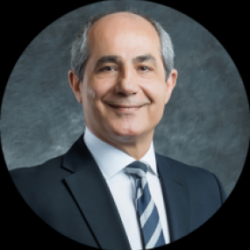
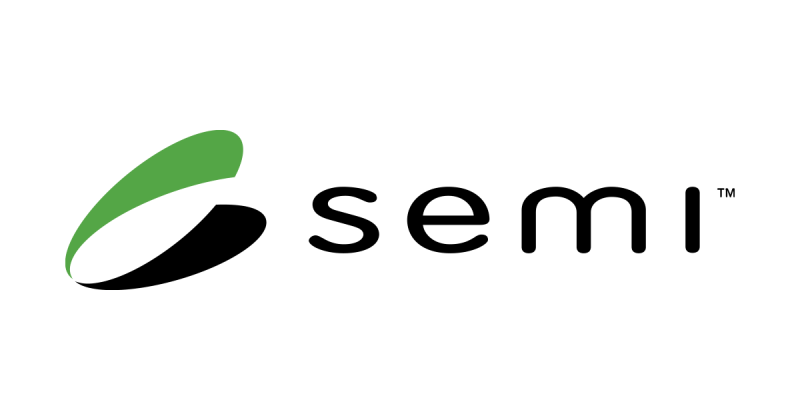 Abstract Biography |
|
| 08:40 | Opening Keynote |
| 09:00 | Opening remarks by Session Chair, Mario Podwils, X-FAB |
| 09:05 | Next Generation Manufacturing |
Michael Alexander, Partner, Roland Berger Next Generation Manufacturing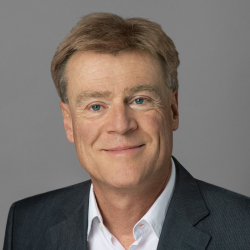
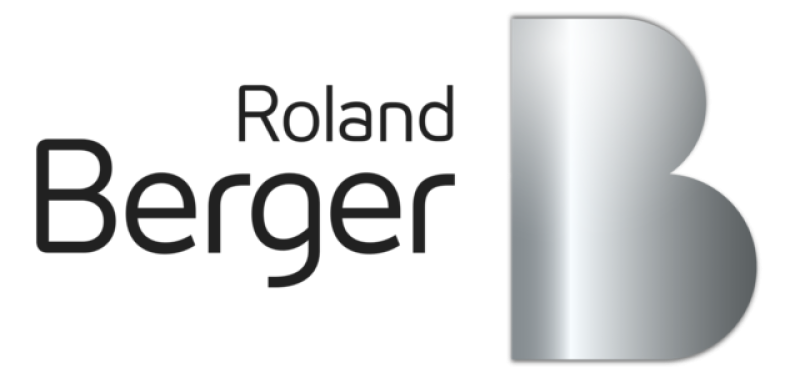 Abstract Biography |
|
| 09:25 | Frontier of Challenge and Opportunity: Semiconductor Shortages, Geopolitics, & Outlooks |
Dan Hutcheson, Vice Chair, TechInsights Inc. Frontier of Challenge and Opportunity: Semiconductor Shortages, Geopolitics, & Outlooks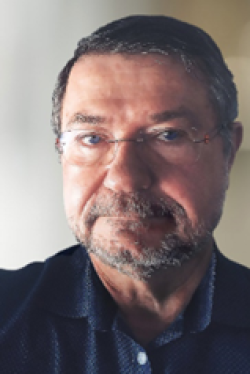
 Abstract Biography |
|
Session 2: Decoupling Strategy - Moving Towards An Optimized And More Robust Supply Chain |
|
| 10:15 | Opening remarks by Session Chair, Joerg Recklies, Senior VP, Infineon |
| 10:20 | Electrification for EVs |
Ralf Bornefeld, Senior Vice President Power Semiconductors & Modules, Robert Bosch GmbH Electrification for EVs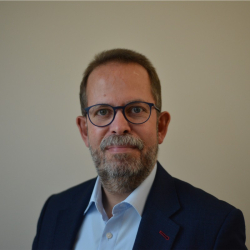
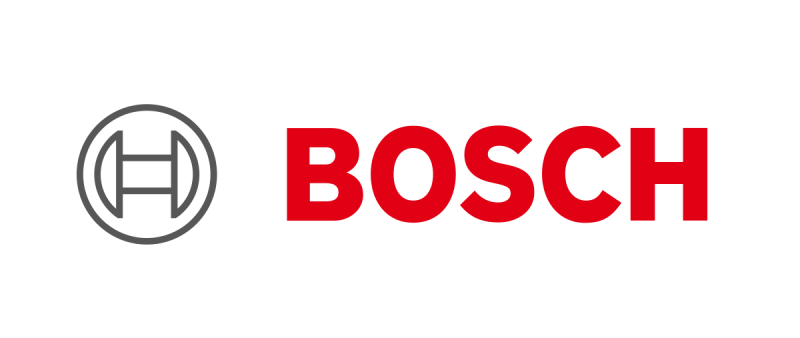 Abstract Biography |
|
| 10:40 | Takeaways: How does this translate into management and behavior towards suppliers - Bosch on supply chain decoupling from OEM perspective |
| 11:00 | How medical devices are changing the customer-foundry relationship |
Rico Tillner, CEO, X-fab How medical devices are changing the customer-foundry relationship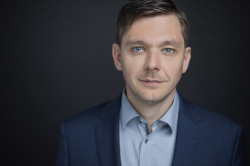
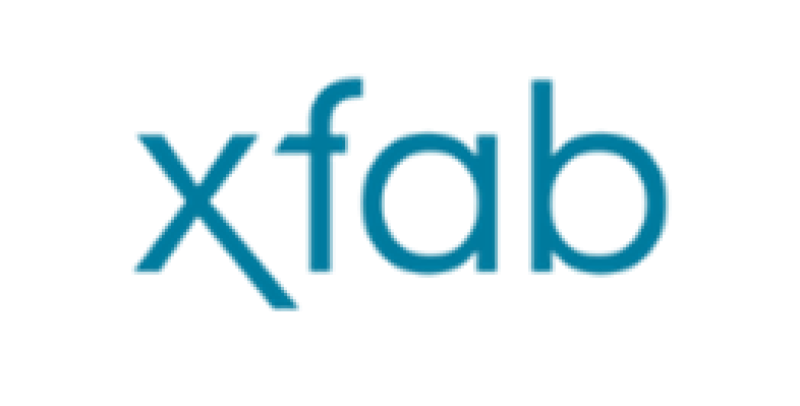 Abstract Biography |
|
| 11:20 |
Panel discussionNavigating through global developments affecting the supply chain management |
| Panelists |
|
| 11:20 |
Panel discussionNavigating through global developments affecting the supply chain management |
| Moderation |
Dan Hutcheson, Vice Chair, TechInsights Inc.

 Biography |
| Panelists |
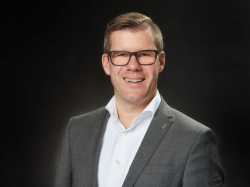
 Biography |
| 11:50 |
Session 3: Poster Session |
| 11:50 | Opening remarks by Klaus Schimpf, Texas Instruments |
How to simplify engineers’ life in complex Semiconductor Manufacturing. About democratization of information and its usage in production scheduling and root cause analysis. |
|
Philipp Roßbach, SYSTEMA How to simplify engineers’ life in complex Semiconductor Manufacturing. About democratization of information and its usage in production scheduling and root cause analysis.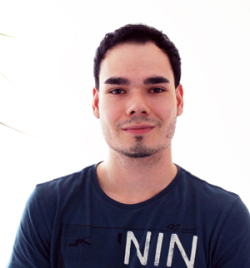
 Abstract Biography |
|
LineLab, an Analytical Tool for Modeling Semiconductor Manufacturing Systems |
|
Larissa Nietner, Cofounder, LineLab LineLab, an Analytical Tool for Modeling Semiconductor Manufacturing Systems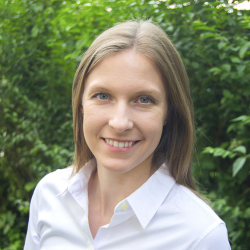
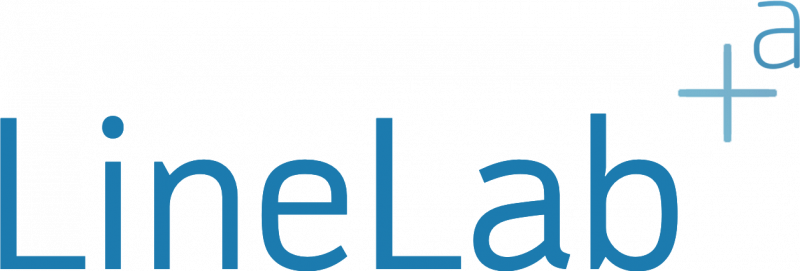 Abstract Biography |
|
Machine Learning for Automated Image Classification in Yield Enhancement |
|
Vipin Koshy Thomas, Intern, Texas Instruments Machine Learning for Automated Image Classification in Yield Enhancement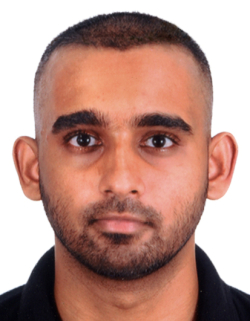
 Abstract Biography |
|
Jailhouse: Mixed Criticality Systems for Semicondutor Manufacturing |
|
Ralf Ramsauer, Head of Research Group, Technical University of Applied Sciences Regensburg Jailhouse: Mixed Criticality Systems for Semicondutor ManufacturingAbstract Biography |
|
Session 4: Strategies For Overcoming The Next Big Shortage And Overview Of New Technological Advancements In Skills And Training |
|
| 13:30 | Opening remarks by Carsten Deuper, NXP |
| 13:35 | The people challenge: How to overcome the skill shortage in the FAB´s? |
Henryk Schoder, Vice President Human Resources, X-FAB Group The people challenge: How to overcome the skill shortage in the FAB´s?
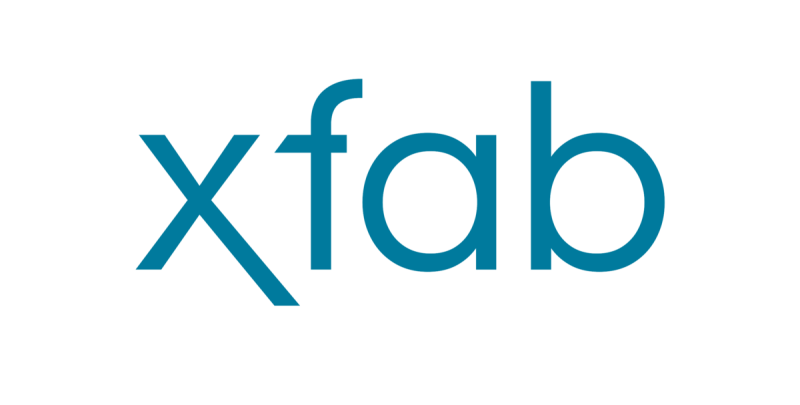 Abstract Biography |
|
| 13:55 | Wellbeing and D&I |
Jean-Louis Champseix, Group VP, Head of Sustainability, Learning & Development, STMicroelectronics Wellbeing and D&I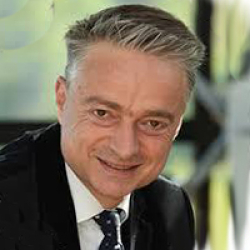
 Abstract Biography |
|
| 14:15 | Coffee break |
Session 5: Status of AI in Microelectronics Manufacturing and the Future of datafication of the Fab |
|
| 14:45 | Opening remarks by Simone Alba, STMicroelectronics |
| 14:55 | Reserved for TEL |
| 15:15 | LAM Research d2cm with Infineon |
| 15:35 | Christian Gnerlich, Brainjo |
| 15:55 | No fear of high dynamics in Fab core design |
Sebastian Kummer, Chief Executive Officer, SHK Engineering and Consulting GmbH & Co. KG No fear of high dynamics in Fab core design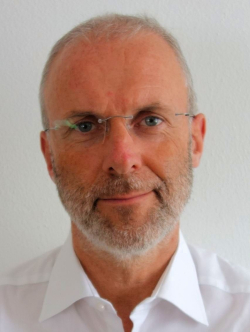
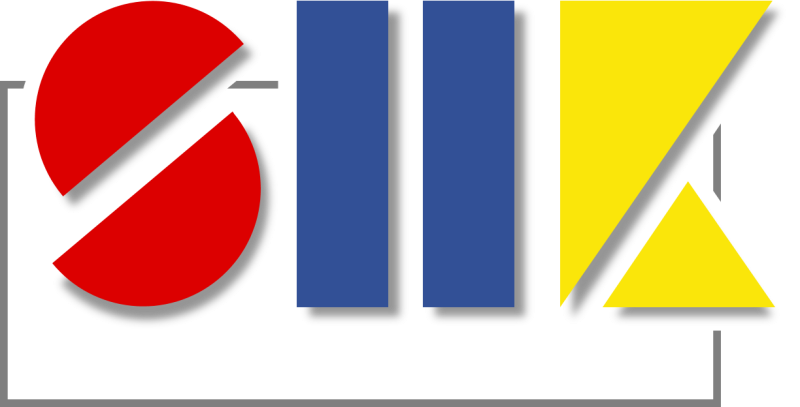 Abstract Biography |
|
| 16:15 | Reserved for INFICON |
| 16:35 | Reserved for Flexciton |
| 16:55 | The Pareto Principle in Industry 4.0 |
Christian Hörr, Carl Zeiss Digital Innovation GmbH The Pareto Principle in Industry 4.0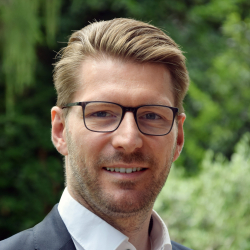
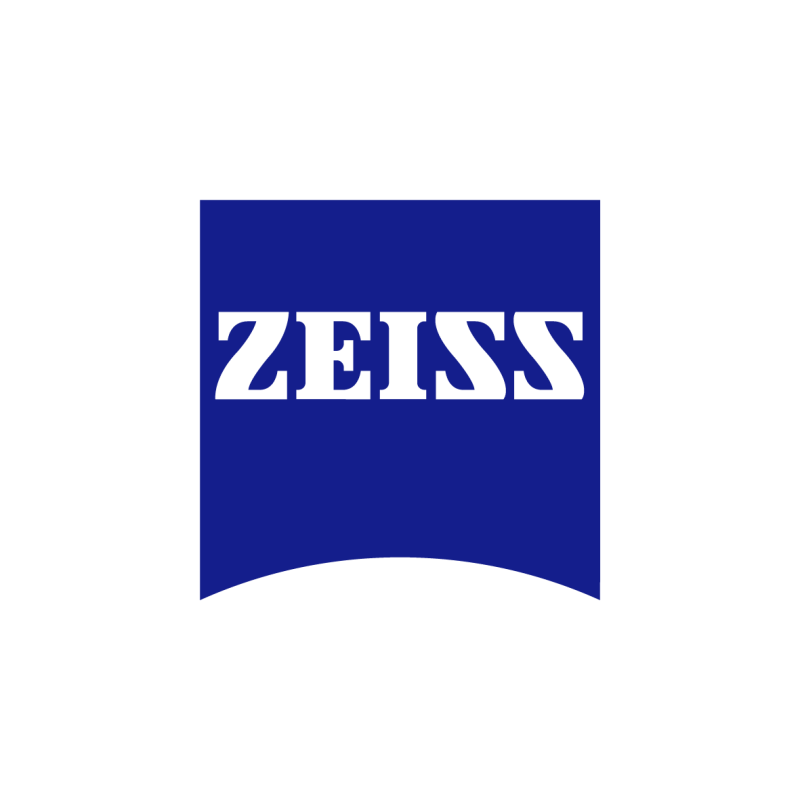 Abstract Biography |
|
| 17:15 | Improving productivity by using data in the subfab |
Antonio Serapiglia, Business Development Manager, Edwards Vacuum Improving productivity by using data in the subfab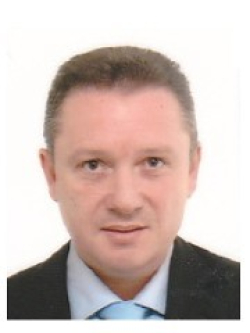
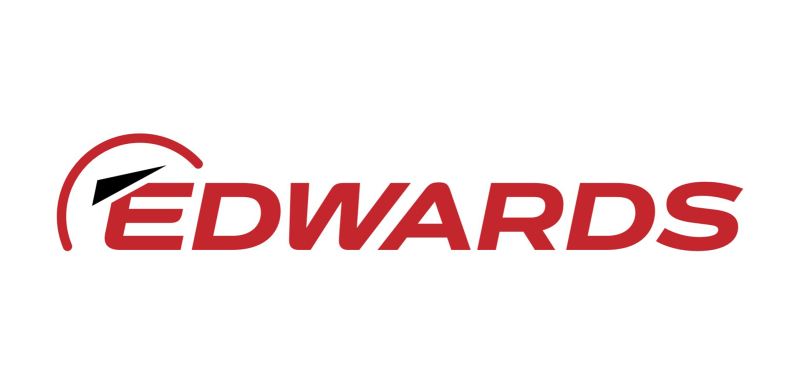 Abstract Biography |
|
| 17:30 | Closing remarks |